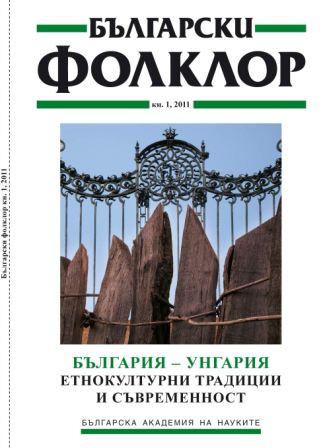Реки, блата и земеделски земи. Изследователски перспективи за екологичната история на Унгария чрез примери от Бодрогкьоз, Североизточна Унгария
Rivers, Marshes & Farmlands. Research Perspectives on the Ecological History of Hungary through Еxamples of Bodrogköz (North-East Hungary)
Author(s): Balázs BorsosSubject(s): Customs / Folklore
Published by: Институт за етнология и фолклористика с Етнографски музей при БАН
Summary/Abstract: In the last millennium one of the most important changes in the natural environment of the Great Hungarian Plain was the process of river regulation. Although the Plain was formed by the alluvial deposits of two main rivers, the Duna (Danube) and the Tisza (Theiss), the former runs at the edge of the lowland, while the latter flows right through the middle of it. Consequently, the regulation of the Tisza and its tributaries had a much more widespread environmental impact. The process deserves a closer look from the point of view of historical ecology/environmental history. Regulation works initiated a dramatic change in the adaptation strategies of people living along the rivers. From the foothills of the Carpathian Mountains up to its confluence with the Danube, on both sides of the river the key economic driver – even before the regulation – was agriculture. However, this activity was accompanied by multi-purpose use of the flood areas (pasturing, fishing, gathering) and was influenced basically by natural factors, mainly elevation and geomorphology. After channelization and drainage, soil-conditions became important, but these had only a restricting role. The influence of the natural environment was decreasing, while that of the economic and the social environment was growing. The paper investigates the steps and characteristics of this process focusing on the changes in land use patterns of the area. Examples were chosen from the so-called Bodrogköz in the northeast part of the plain. As a conclusion, an attempt was made to underline some factors that should be taken into consideration in the sustainable development of the Tisza Valley in the 21st century as well.
Journal: Български фолклор
- Issue Year: XXXVII/2011
- Issue No: 1
- Page Range: 110-127
- Page Count: 18
- Language: Bulgarian
- Content File-PDF

